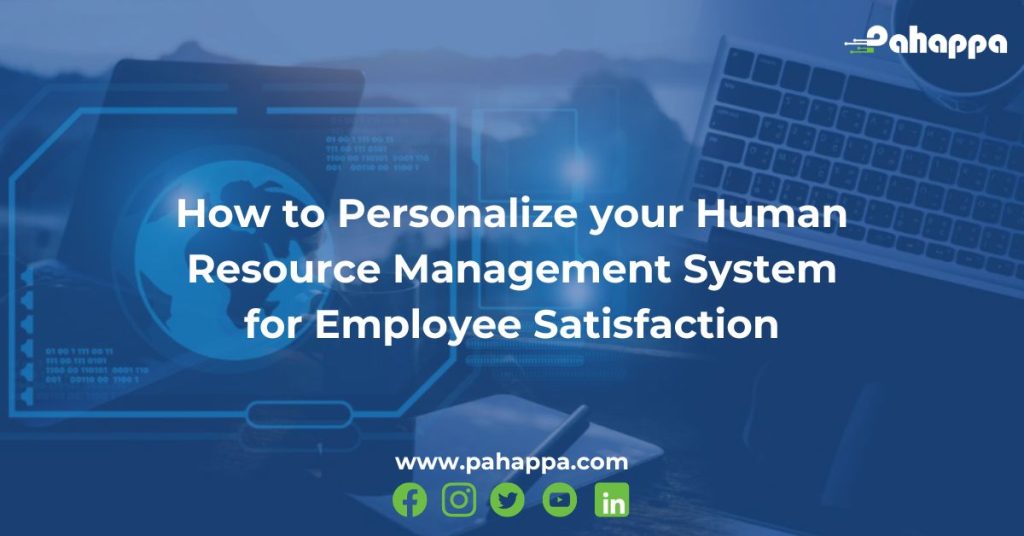Payroll is one of the most important aspects of Human Resources. Because it is a delicate part of HR, it is always important to have accurate and up-to-date information on payments made to employees. Keeping track of these becomes very cumbersome when done manually.
Human Resource Management Information Systems (HRMIS) can indeed enhance payroll management by streamlining processes, improving accuracy, and providing comprehensive data management capabilities. Here are some ways in which HRMIS can contribute to enhancing payroll management:
- Centralized Data Management: HRMIS allows you to consolidate employee information, including personal details, employment history, compensation data, and tax information in a centralized database. This integration eliminates the need for manual data entry, reduces errors, and ensures consistency across the organization.
- Automated Payroll Processing: HRMIS can automate various payroll processes, such as calculating wages, deductions, and taxes. By integrating with time and attendance systems, HRMIS can automatically capture employee work hours, leave balances, and other relevant data, which helps in accurate payroll calculations and reduces the risk of errors.
- Compliance and Tax Management: HRMIS can help ensure compliance with labour laws, tax regulations, and other statutory requirements related to payroll. It can generate reports, calculate taxes, and assist in the preparation of tax forms, ensuring accuracy and minimizing the risk of penalties due to non-compliance.
- Self-Service Portals: HRMIS often includes self-service portals where employees can access and update their personal information, review pay stubs, view tax documents, and make changes to their direct deposit details. This empowers employees to take control of their payroll-related information, reducing administrative burdens on HR staff.
- Integration with Financial Systems: HRMIS can seamlessly integrate with accounting and financial systems, facilitating the smooth transfer of payroll data, journal entries, and financial reporting. This integration ensures accurate and timely recording of payroll expenses and improves the overall financial management process.
- Reporting and Analytics: HRMIS provides robust reporting and analytics capabilities, allowing HR and finance teams to generate payroll reports, analyze payroll costs, track trends, and gain insights into workforce expenses. This data-driven approach enables better decision-making, cost control, and optimization of payroll processes.
- Enhanced Security and Data Privacy: HRMIS systems often include robust security measures to protect sensitive employee payroll data. Access controls, encryption, and regular data backups help maintain data integrity and comply with data privacy regulations.
- Scalability and Flexibility: HRMIS can accommodate organizational growth and changing payroll needs. It can handle payroll for a growing workforce, support different pay structures (hourly, salaried, etc.), and adapt to changes in tax regulations or payroll policies.
- Integration with Time and Attendance Systems: HRMIS can integrate with time and attendance systems to capture accurate data on employee work hours, overtime, and leave. This integration eliminates manual data entry, reduces errors, and ensures accurate payroll calculations.
In conclusion, implementing an HRMIS can significantly enhance payroll management by automating processes, improving accuracy, ensuring compliance, and providing valuable insights through data analysis. It frees up HR professionals’ time, allowing them to focus on strategic activities and fostering a more efficient and productive work environment. To learn more about HRMIS click here.












[…] Payroll Management Module: Automate salary calculations, tax deductions, and generate payslips with precision, saving time and reducing errors. […]